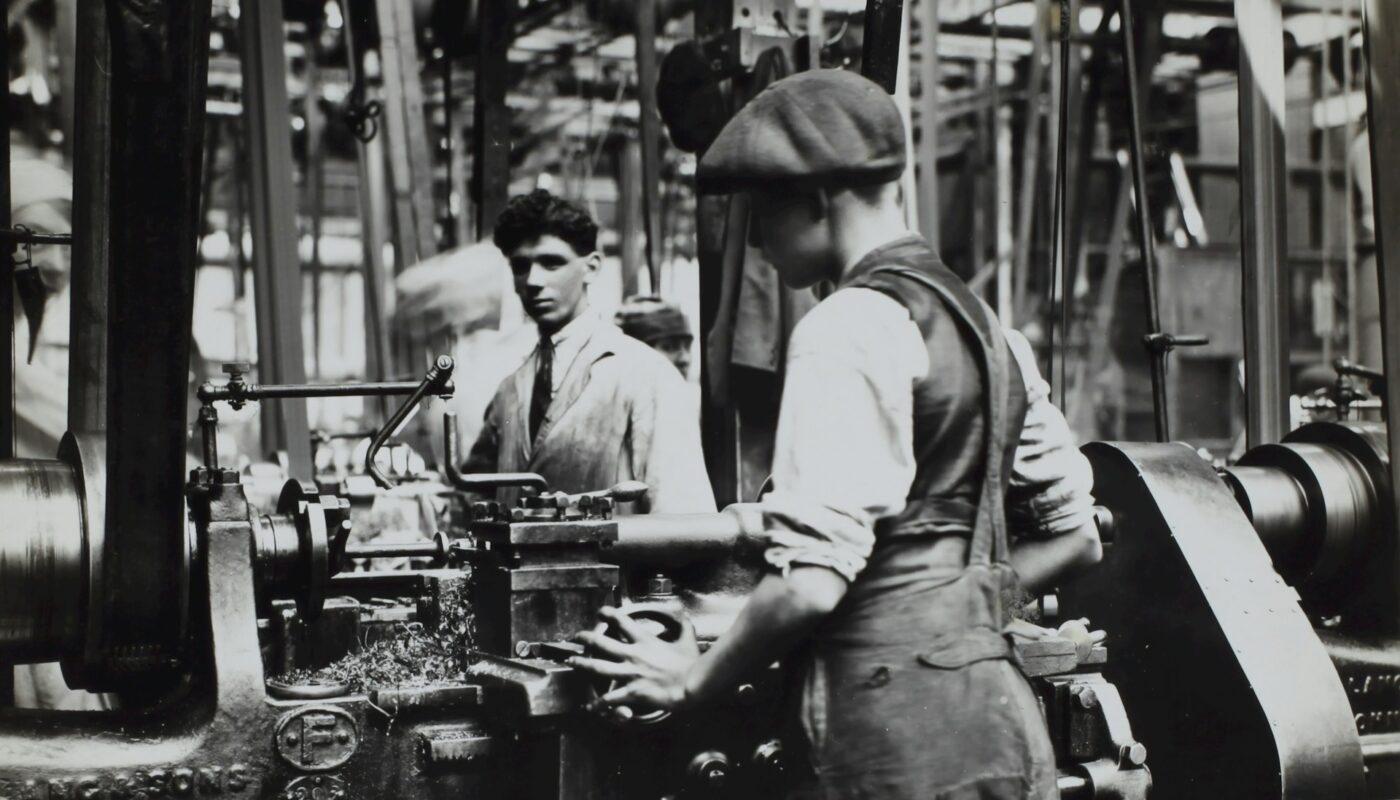Michigan’s Labor Day workforce report shows higher unemployment than the national average, rural job scarcity, and persistent wage and equity challenges.
Michigan faces rising unemployment, rural distress, and workforce underutilization

A Snapshot of Michigan’s Workforce – Patrick Schaefer, Economic Security Policy Analyst | September 2025
A Labor Day workforce snapshot released by state analysts warns that Michigan’s economic recovery is slowing, with unemployment climbing above the national average and rural communities hit especially hard.
As of June 2025, Michigan’s unemployment rate was 5.3%, compared to 4.1% nationally, ranking it the fourth-highest in the country. In 54 of the state’s 83 counties, unemployment topped 6%, with Oscoda County at 10.7%, nearly double the state average.
The report, authored by Patrick Schaefer, an economic security policy analyst, stresses that the headline unemployment rate hides deeper struggles. By April 2025, Michigan had 1.3 unemployed people per job opening, and in 2024, the state had the fifth-highest labor underutilization rate in the nation at 8.5%. More than 200,000 Michiganders were classified as discouraged, marginally attached, or involuntary part-time workers.
Workforce shortages in construction and child care signal critical pressure points
Despite overall job scarcity, several sectors face acute shortages. The National Center for Construction Education and Research estimates that 41% of the construction workforce will be eligible for retirement by 2031. At the same time, Michigan’s construction industry grew by 13% between 2019 and 2024, fueling already high demand.
The child care sector also struggles with chronic shortages. In 2024, the median wage for a child care worker in Michigan was $14.08 per hour, and the median annual cost of infant care reached $13,454. With 95% of child care workers being women, wage stagnation has reinforced gender pay gaps, leaving families with limited affordable options.
Schaefer’s report warns that without targeted investment in these industries, Michigan will struggle to build homes, support families, and attract workers.
Wage growth lags while inequality and tipped wages deepen gaps
Michigan’s median hourly wage was $23.22 in 2025, but nearly 27% of workers remain unable to cover household basics. The state’s minimum wage is $12.48, set to reach $15 per hour by 2027. However, the continuation of the tipped wage—only scheduled to reach 50% of the minimum by 2031—leaves many workers with volatile earnings.
The report highlights disparities across racial and gender lines. The median wage for Black workers is $20.17, more than 21% lower than white workers, while Hispanic workers face an even larger gap of 23%. Nearly 42% of Black Michiganders live below the ALICE threshold (asset-limited, income-constrained, employed), underscoring persistent inequality.
Union membership declines, eroding wage and bargaining power
Michigan’s union membership has dropped to 14.7% of workers, down from much higher levels in past decades when collective bargaining secured pensions, benefits, and stable wages.
Although the state repealed its controversial right-to-work law in 2023, other restrictions remain in place. Public Act 98 of 2011 prohibits the state from awarding contracts tied to project labor agreements, and Public Act 105 of 2015 prevents local governments from setting their own wage or benefit standards.
The erosion of union density has contributed to widening inequality. In 2005, union workers earned on average 21% more than nonunion workers nationwide. By 2024, the union wage premium had fallen to 12.8%. The report argues that revitalizing unions in Michigan could help raise wages and close racial income gaps.
Moving forward: investment, equity, and pro-worker policy
Schaefer concludes that while Michigan’s challenges are significant, the state has the tools to rebuild. Expanding access to paid family and medical leave, raising wages, and removing barriers to employment such as child care and transportation could help more workers stay employed and contribute to growth.
The report stresses Michigan’s historical role as a union stronghold and manufacturing powerhouse, noting that in 1990, 25% of workers were in manufacturing; by 2024, that number had dropped below 15%. Preparing for the future will require a workforce strategy aligned with Michigan’s shifting economic base.
Read More Interesting Feature Stories From ThumbWind
- Michigan Feature News Stories – Unveiling the diverse and vibrant people, captivating places, and remarkable events that come together to make the Great Lake State unique.
- Strange Political News – A sarcastic take on official news from around the U.S., exploring the absurdities that often arise in the political landscape while providing a humorous perspective on current events and highlighting the quirks of politicians and policies.
- Michigan Hometown News – News and events from Michigan’s Upper Thumb region worth knowing, including local stories, impactful interviews, and updates on community happenings that shape the culture and lifestyle of the area.
Your Turn – Like This, or Hate it – We Want To Hear From You
Please offer an insightful and thoughtful comment. We review each response. Follow us to have other feature stories fill up your email box, or check us out at ThumbWind News.




